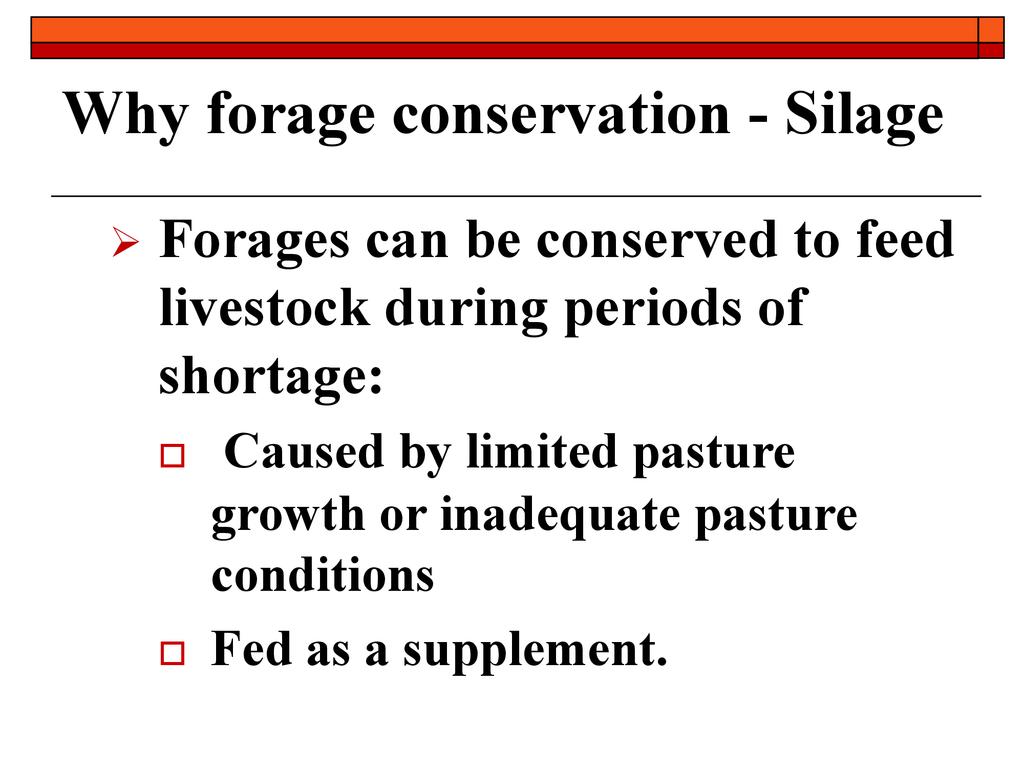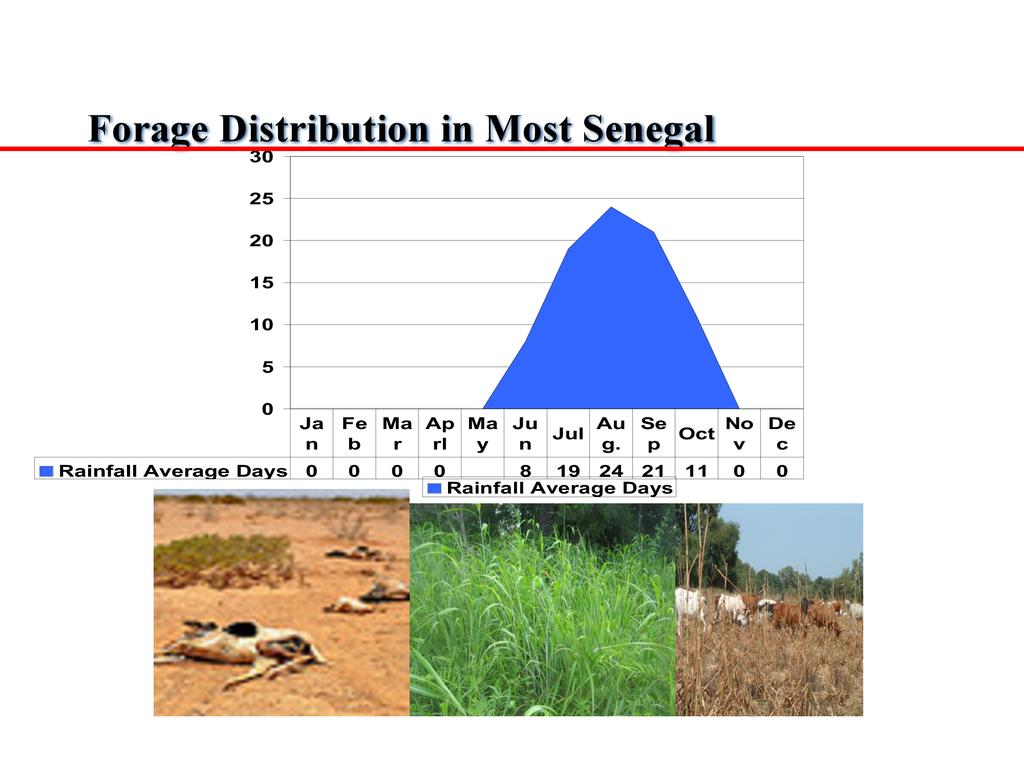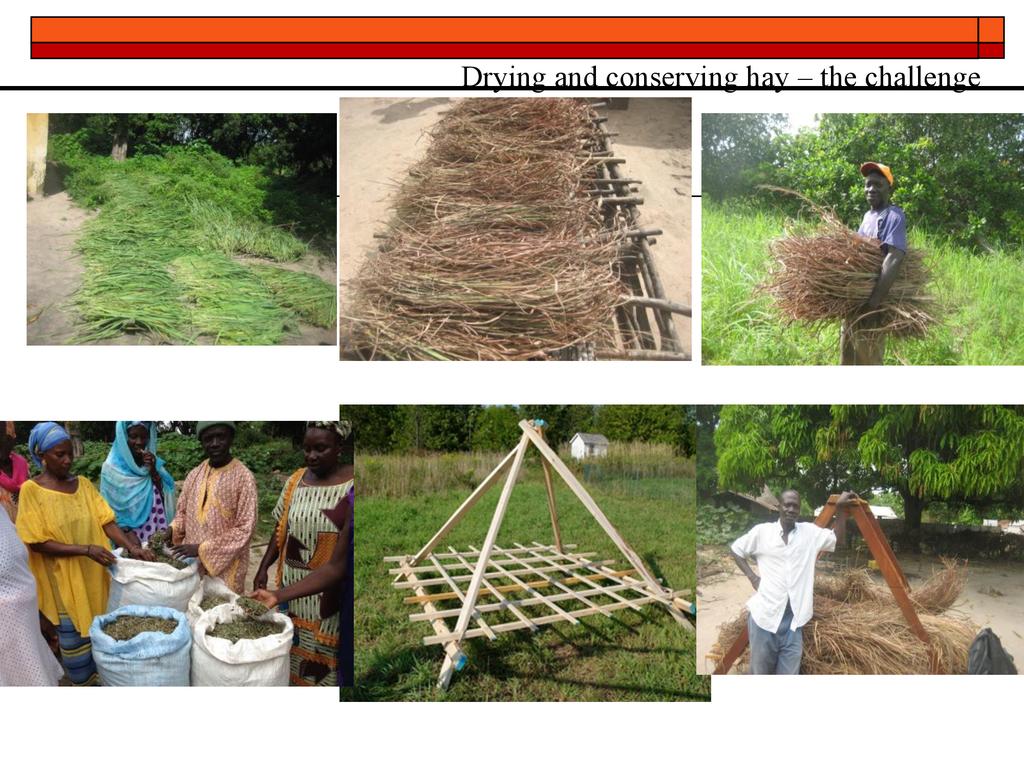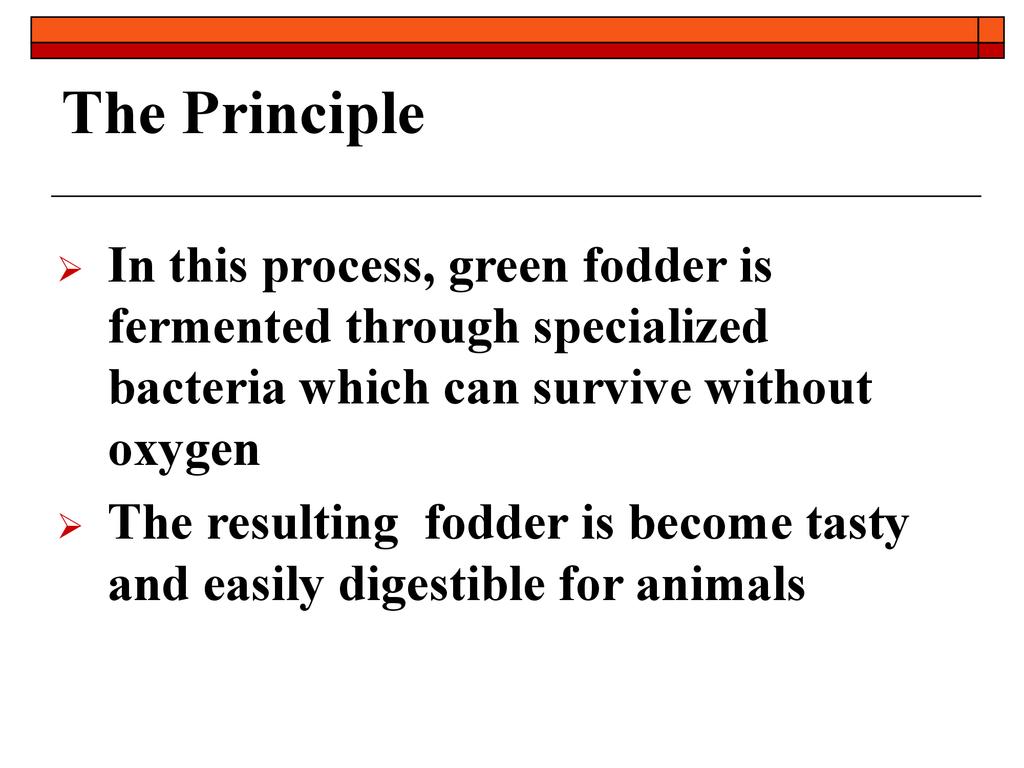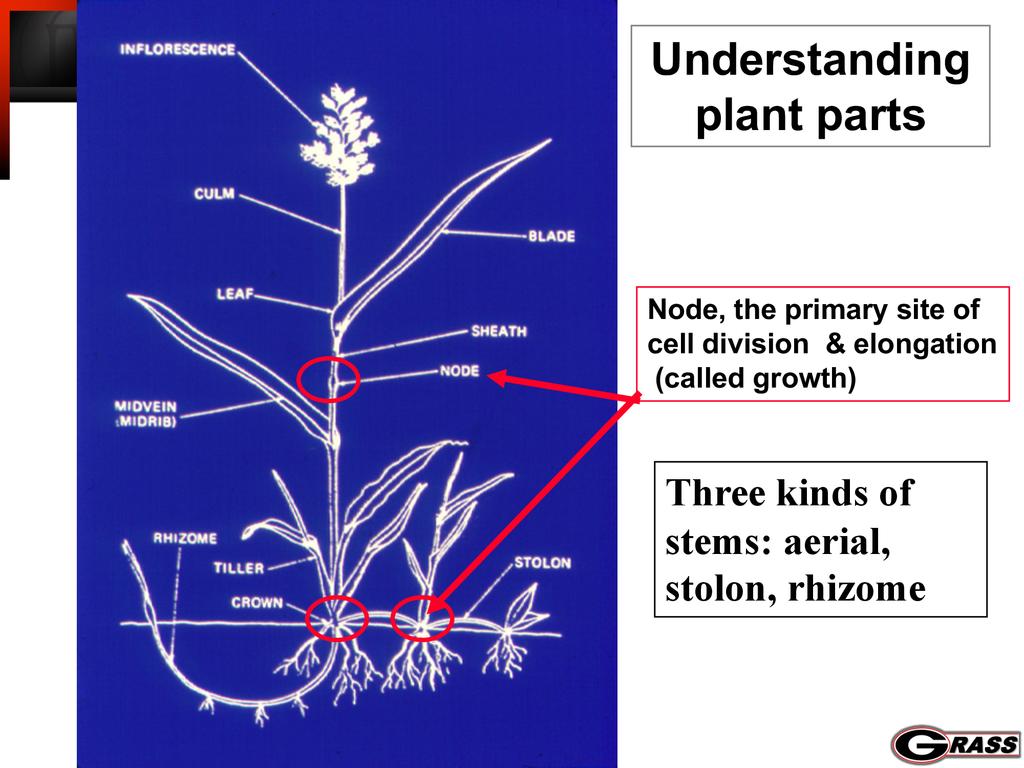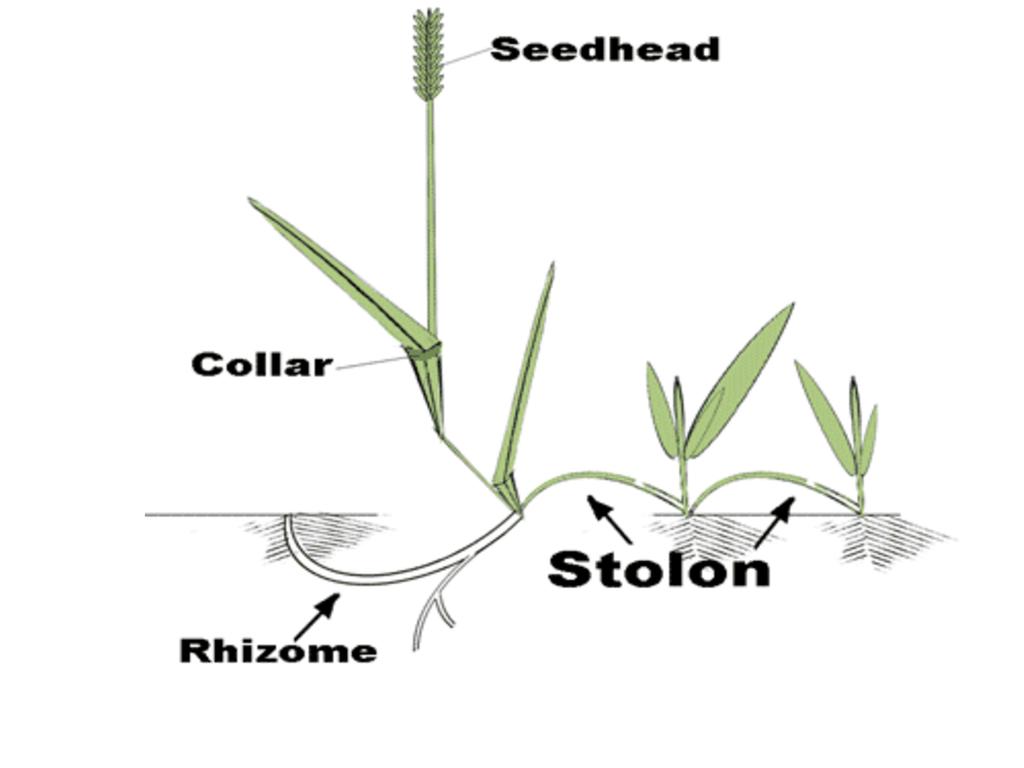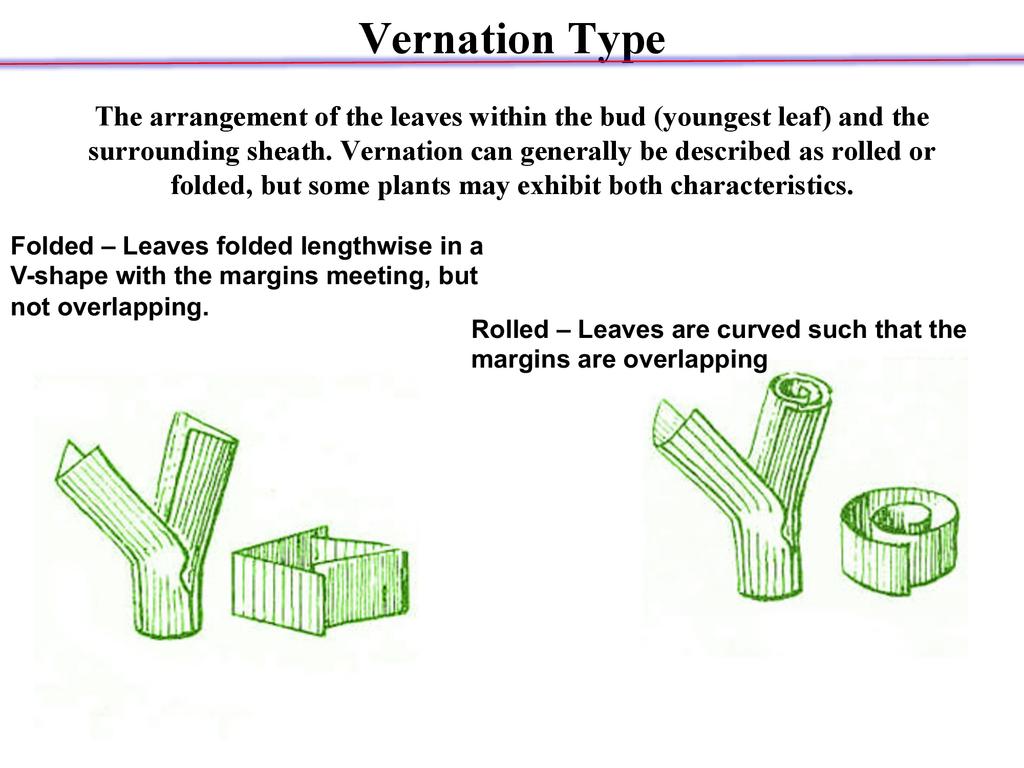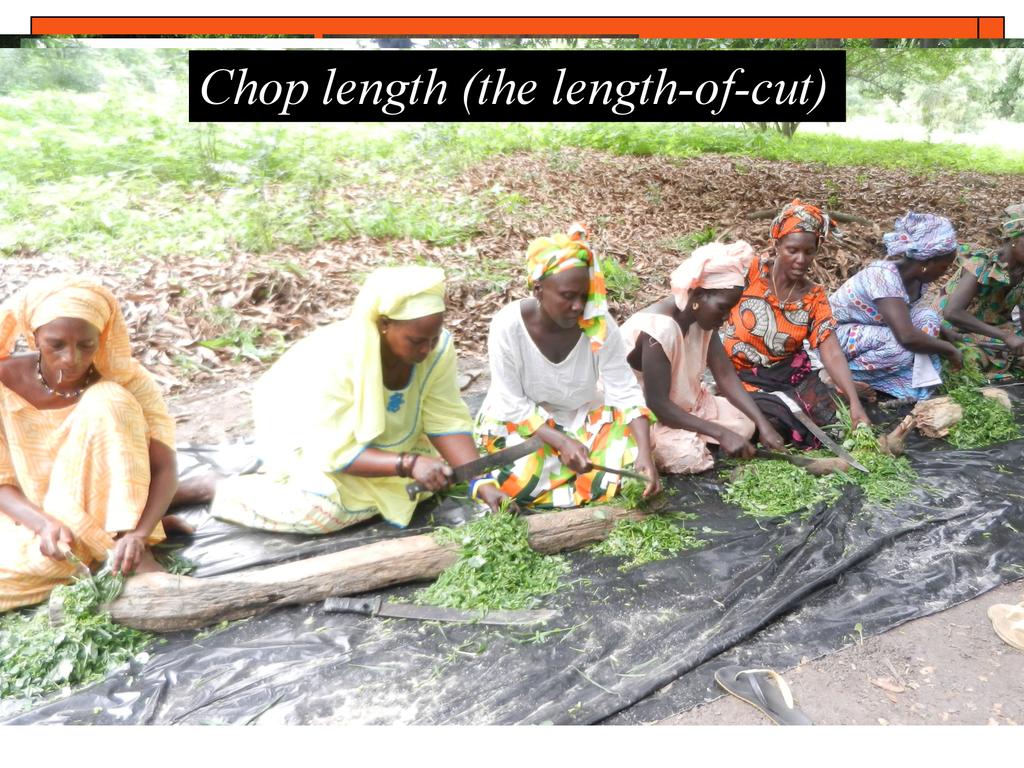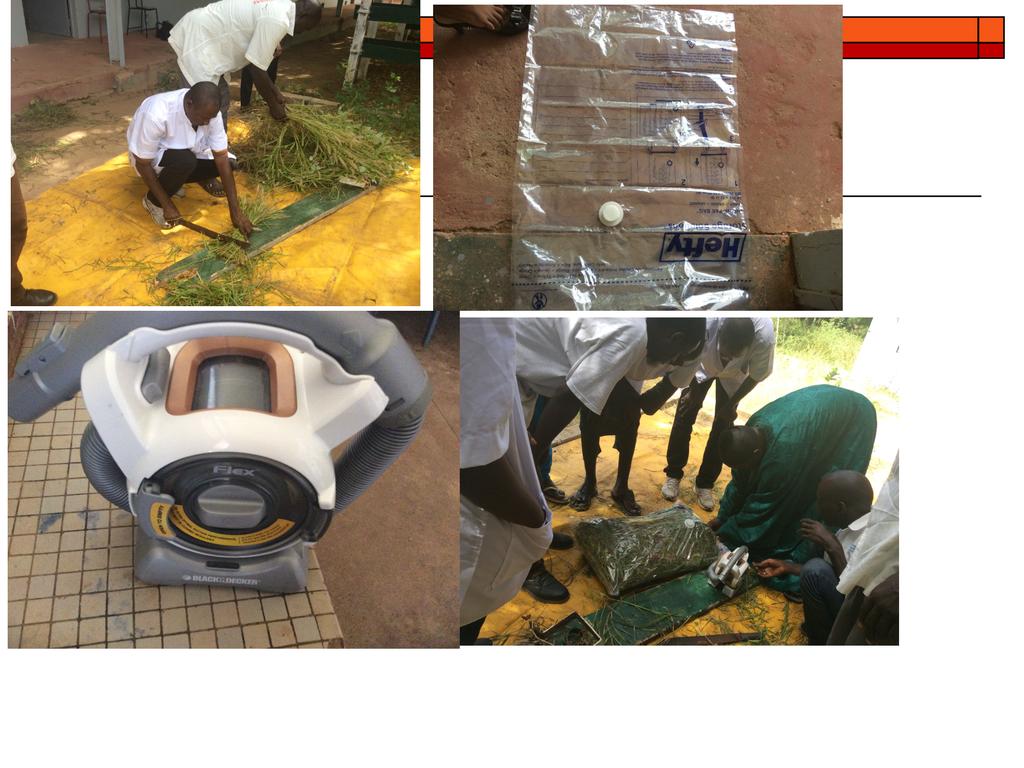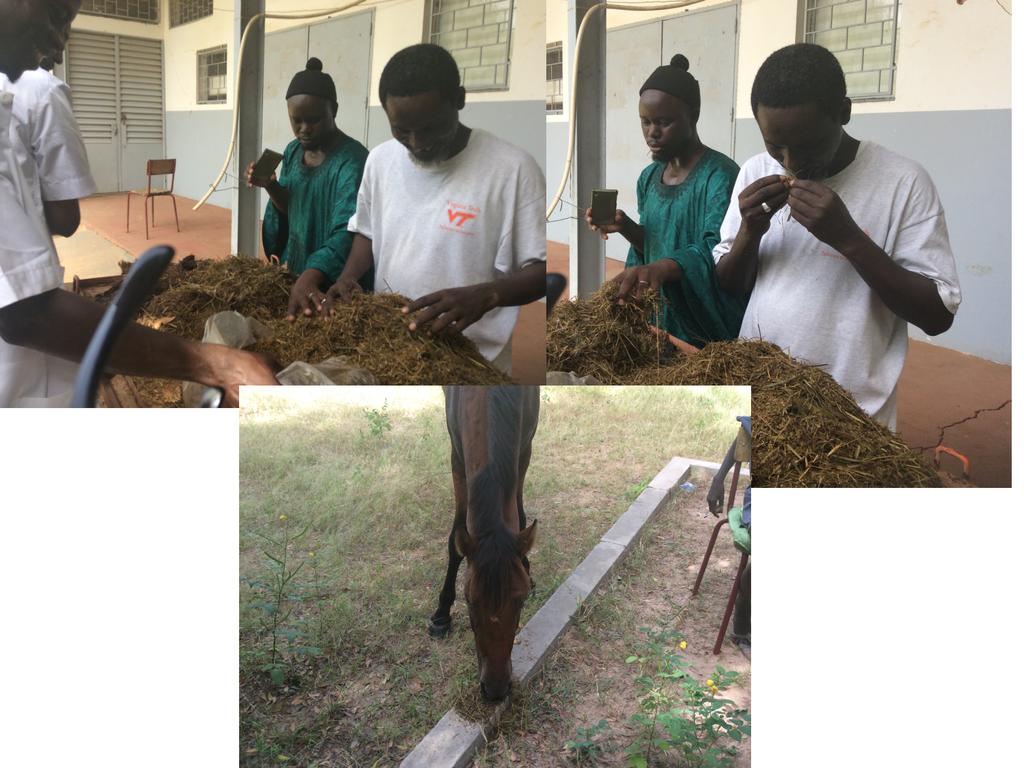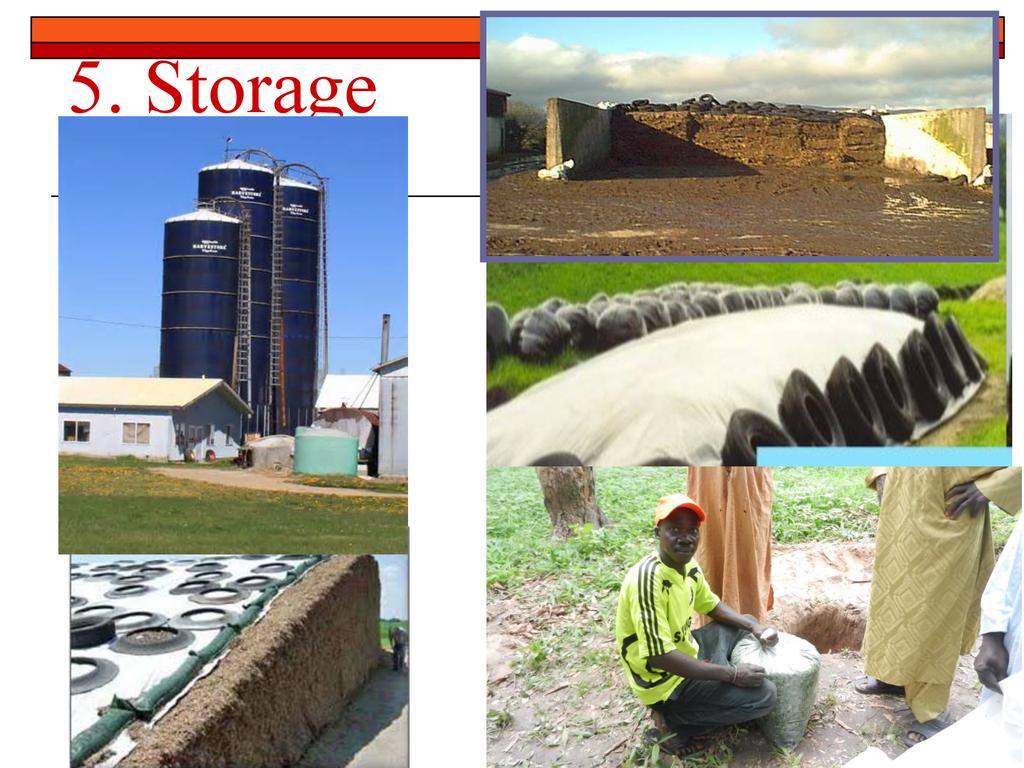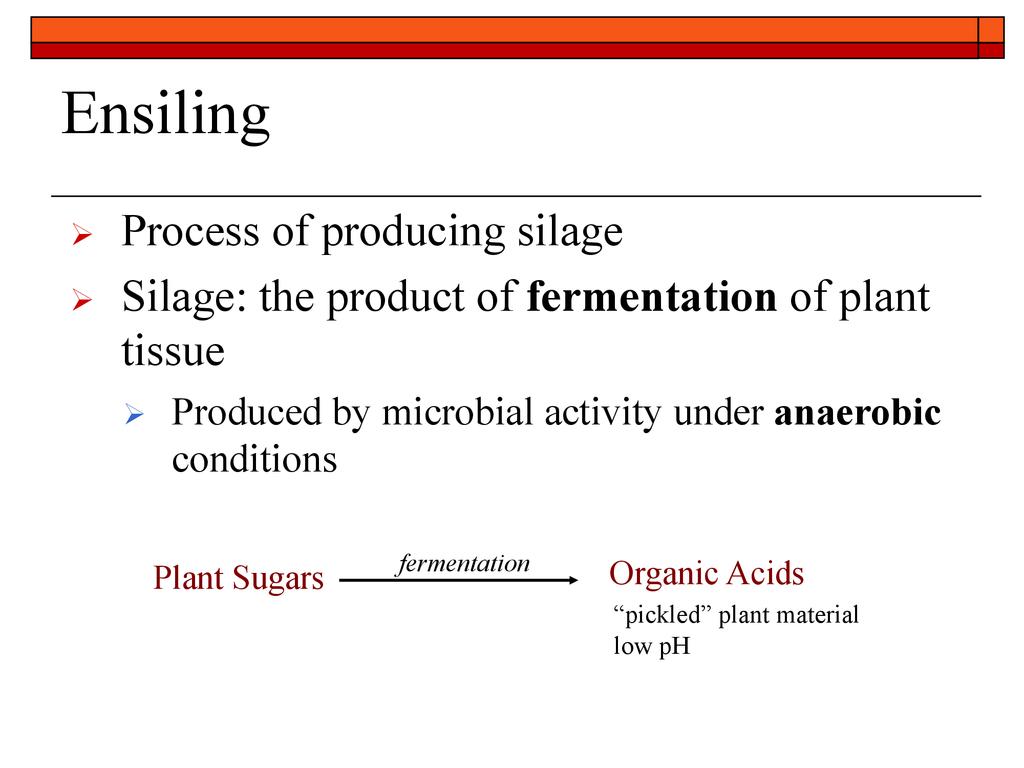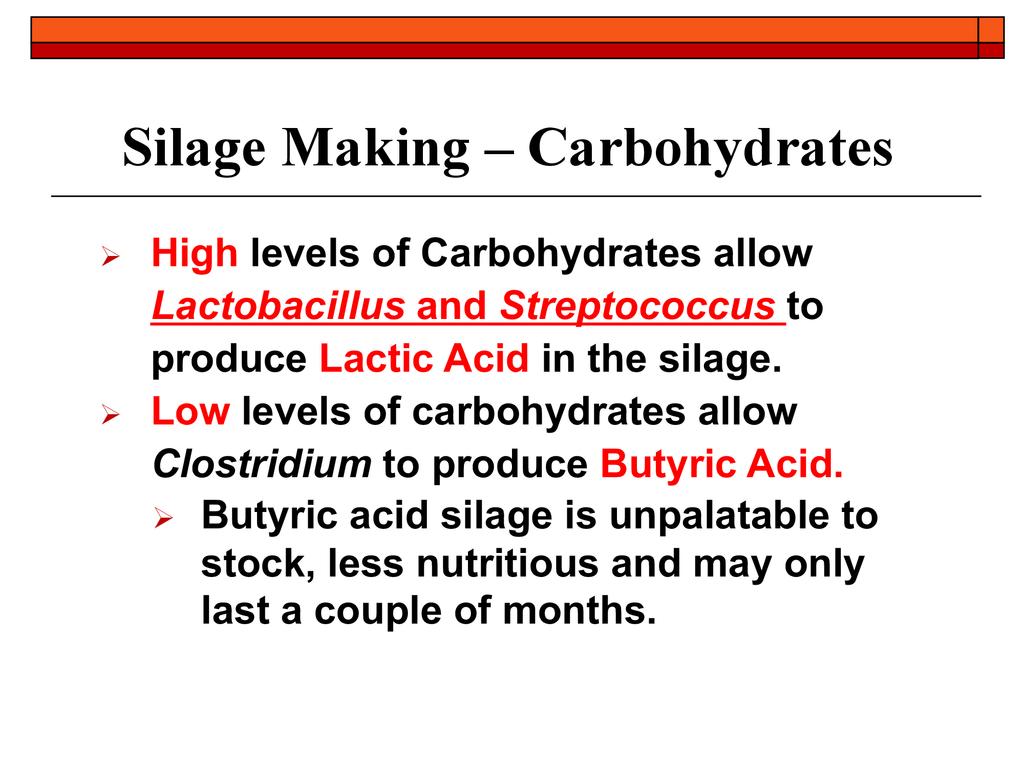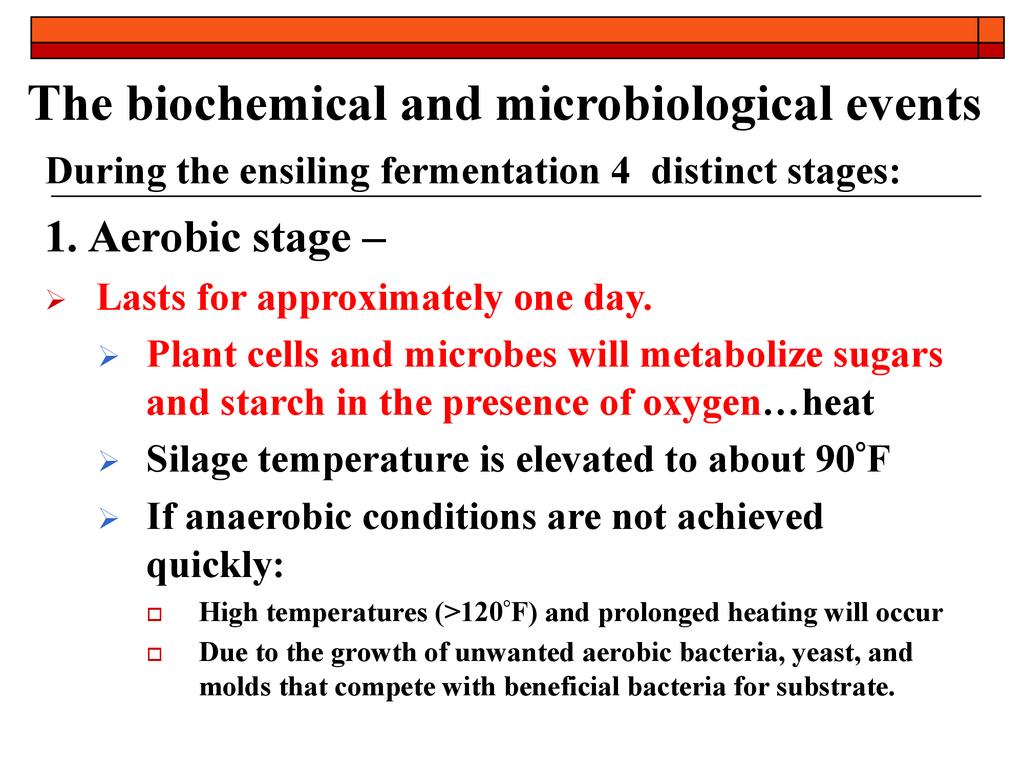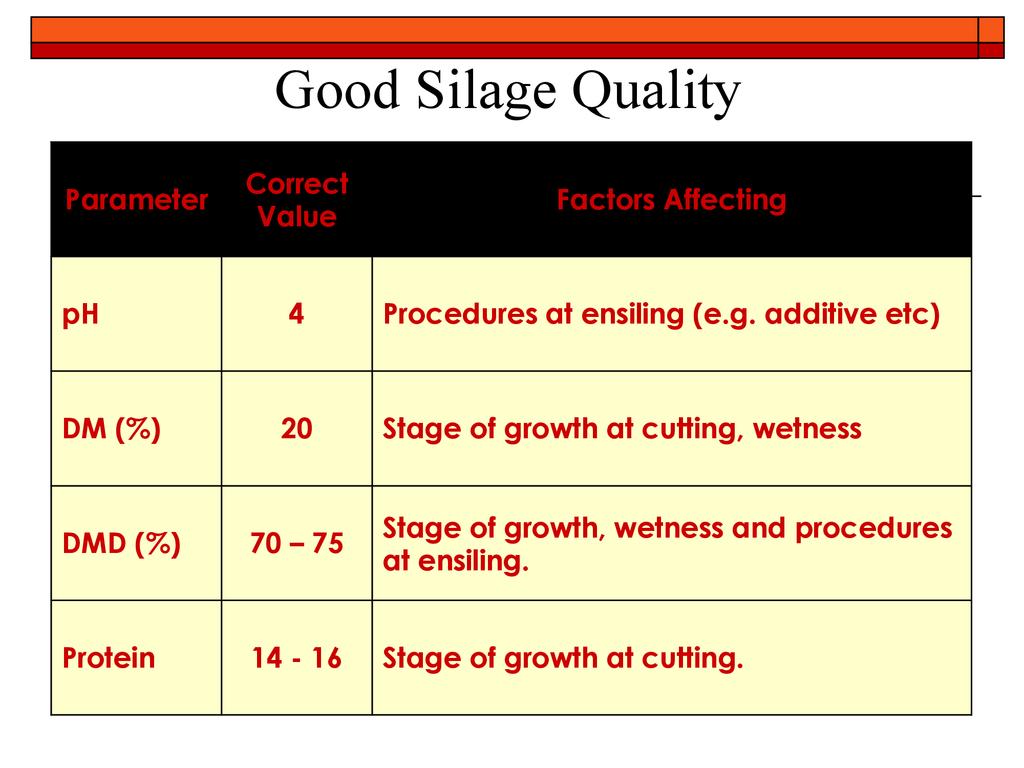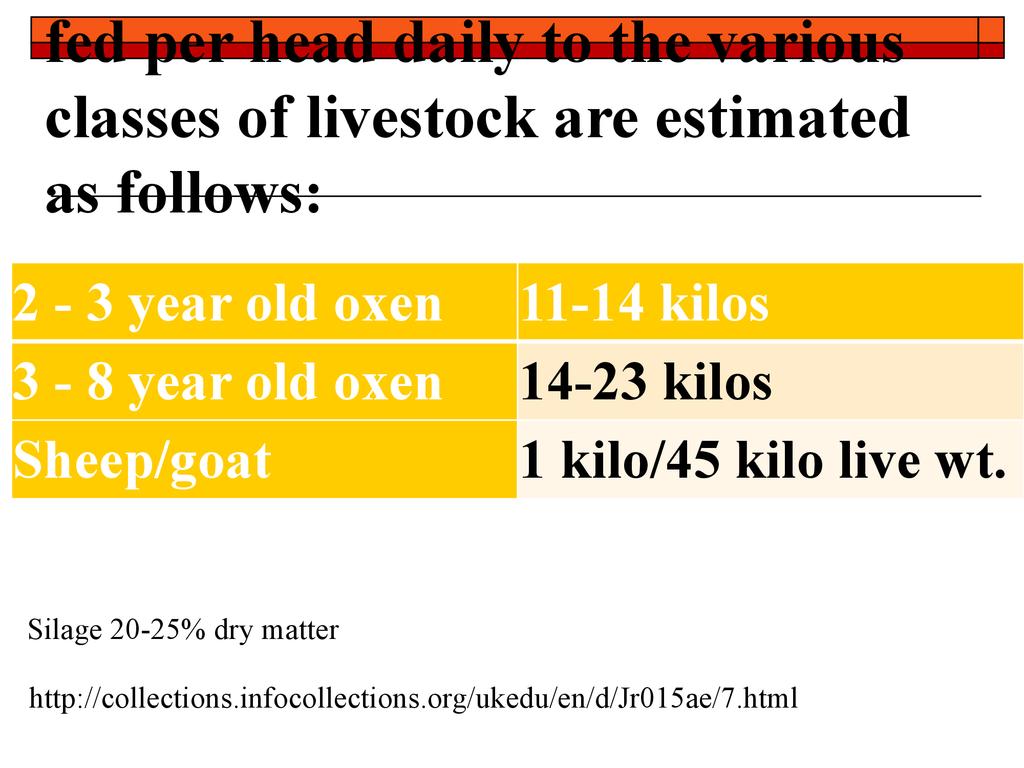Presented By: Ozzie Abaye
Event: ECHO Asia "Improving Lives" Agriculture & Community Development Conference (04-10-2017)
The goal of silage preservation is the conversion of moist, chopped forage with a short storage life to preserved forage that can be fed to livestock as needed. Most legume and grass crops can be ensiled successfully. The key to good silage management is air exclusion to obtain the best preservation of forage as silage. The production process of silage can be divided into four stages: forage harvesting, wilting, chopping, compacting and sealing (for air-tightness). The proper execution of these stages has a big impact on the success or failure of the fermentation and the quality of the silage. The silage concept is more prevalent in temperate regions, with their distinct seasons, than in the tropics. Nevertheless, silage production in the tropics has become more relevant to fulfill the forage needs of smallholder farmers (FAO, 2000).

